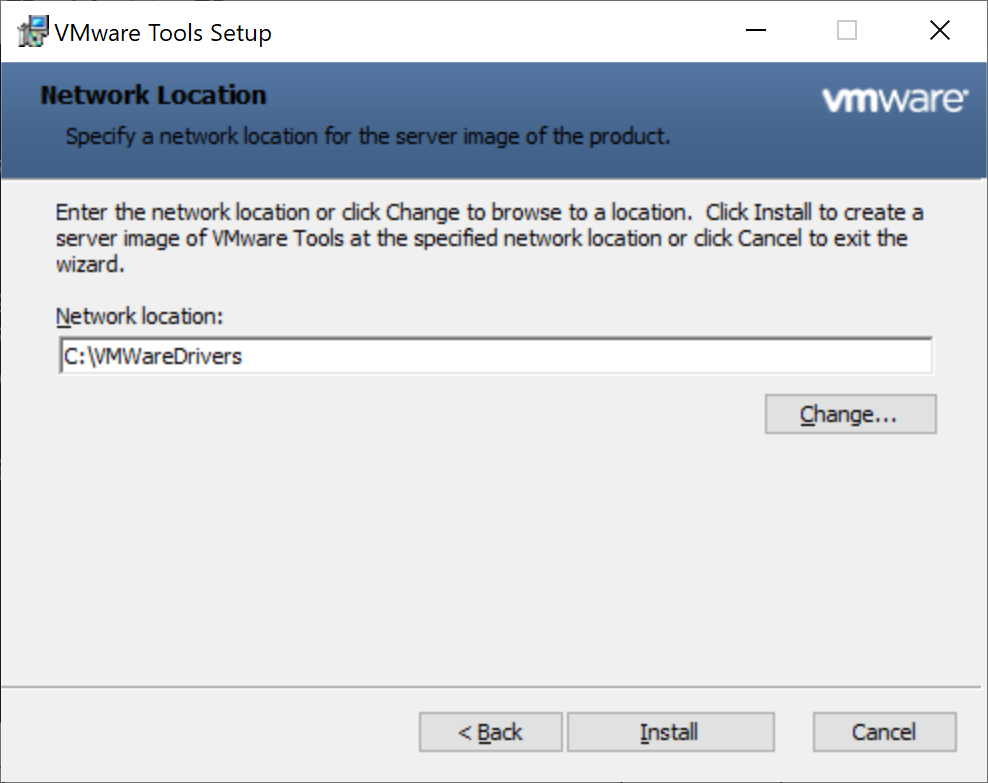

- Vmware tools for windows server 2016 install#
- Vmware tools for windows server 2016 manual#
- Vmware tools for windows server 2016 license#
- Vmware tools for windows server 2016 iso#
I suggest that you make an informed decision.
Vmware tools for windows server 2016 license#
I have to type it in as I am not able to do copy and paste successfully! I have been asked why I license my template. As we are using the VMRC we can actually use our mouse here.The first place the OS stops and waits for you is seen below.You may have to hit the Send Ctrl+Alt+Delete button to help. You can change to the vSphere Web Client and connect the CD in the VM settings area and by the time you return to the Console it should be installing. If it doesn’t then when that happens to me it is due to my forgetting to connect the ISO.

Now you can hit F10 to Save and Exit and you should boot right to the OS install.We want to disable the Serial, Parallel ports, and the Floppy controller.Now change to Advanced, and than I/O Device Configuration.I am doing this with VMRC on a Mac, so it looks a tiny bit different then if you do it on Windows. You should see the BIOS when you get the console open.This is the very nice to work in VMRC option. Now we can power up and select the Launch Remote Console option – as seen below.I find this useful, especially in big environments. Before we power up, I like to use the Tags and Notes to identify this VM.See below for what this should look like. We need to Enable the next boot to enter BIOS setup.

If a root kit takes over the VM during boot it will be determined and boot will not complete. Why? This would protect you from root kits.
Vmware tools for windows server 2016 install#
Find the bits here to install on your work machine, and you can read a little about it here.
Vmware tools for windows server 2016 iso#
Vmware tools for windows server 2016 manual#
For example, if you don’t have a server in the DMZ, and all your servers are always on your domain, than maybe much of the manual config I do below is better off done in your GPO. While it works for me and is a good idea for me, it may not be a good idea for you. I would also like to mention that you do not have to do everything I do below. I have more articles on templates and you can find them all – including this one here. I will keep this article current by using it as necessary and improving it when I learn something new so keep an eye on it. I also used the vSphere Web Client as you will see in the screenshots. I did this with vSphere 6.0 U2a and Windows 2016. It should work great for you and if not then let me know. This is a template outline I have used several times and am very happy with it.


 0 kommentar(er)
0 kommentar(er)
